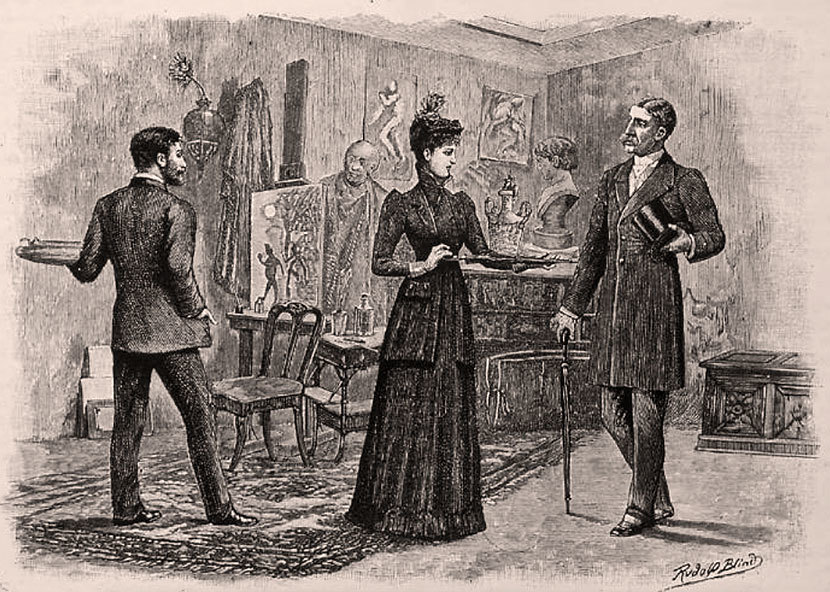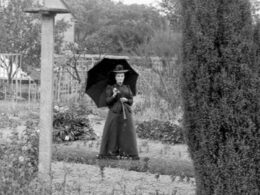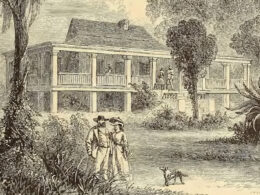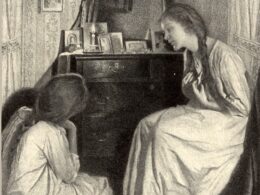Henry James (1843–1916)
From Henry James: Complete Stories 1892–1898

Henry James, whose collected works take up a total of 17,300 pages in sixteen volumes (so far) in the Library of America series, was born 178 years ago, on April 15, 1843.
Even back in his day James was admired and respected far more by critics and other writers than by the reading public. Although he had a couple of strong-selling titles (most notably, Daisy Miller), his books never brought him the commercial success he scorned and the wider audience he desired.
He was also known by writers and artists as a warm and dedicated friend. When American publisher S. S. McClure published an autobiography (which was actually written by Willa Cather—but that’s another story), he presented himself to Henry James in England with a letter from James’s close friend Robert Louis Stevenson, then living in the U.S. While travelling through London, McClure had realized that most of Stevenson’s friends were jealous of his success—but not James. “I had somehow always imagined Mr. James as a rather cold and unsympathetic man, but I now found how greatly I had been mistaken,” McClure recalled. “His loyal, generous feeling I have never forgotten. He questioned me minutely about everything pertaining to Stevenson. His interest was keen, sympathetic, personal.” Out of this meeting came the possibility that McClure might one day syndicate one of James’s stories, much like the arrangement he had to syndicate new work by Stevenson.
James was known for sharing ideas for projects and book with his many friends and for selflessly encouraging their success. George du Maurier, who was famous for his illustrations in the British humor magazine Punch and who illustrated James’s novel Washington Square, conveyed an idea for a novel with James, about a young singer living among the bohemians of Paris. Instead, James convinced du Maurier—who had never tried his hand at fiction—to write the story himself. The result was the international best seller Trilby, which sold a quarter million copies in the U.S. alone. You may never have heard of the novel, but you probably know the name of its most famous character, the manipulative and sinister Svengali.
Du Maurier shared another idea for a story, one that James kept for himself. It was based on a real-life incident that happened to the illustrator, when a down-on-their-luck couple, members of the gentry, showed up in his studio looking for work. It became “The Real Thing,” and it was the story that S. S. McClure ended up syndicating to numerous American newspapers—the only one of James’s 112 stories to be distributed in such a manner. We present the story, with an introduction explaining how it came to be, as our Story of the Week selection.



